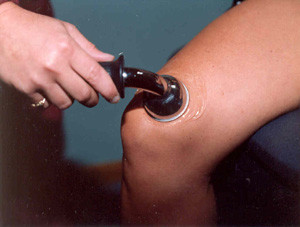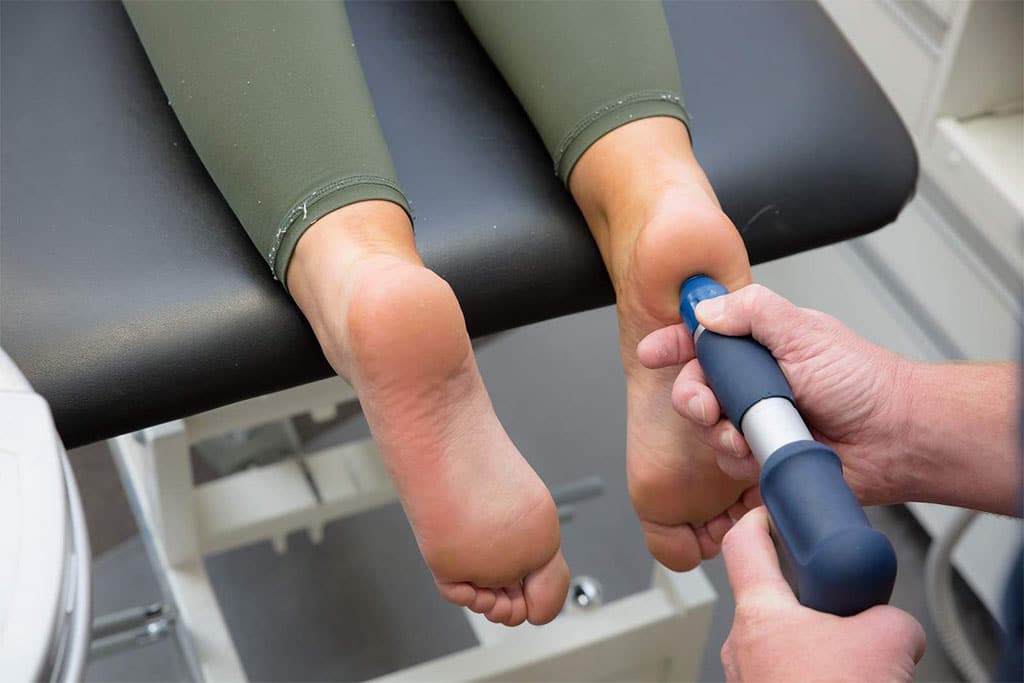|
BOOK NOW |
ASK ABOUT YOUR PAIN |
Home > Blog > Physiotherapy > Electrotherapy Physiotherapy
Electrotherapy Physiotherapy
Electrotherapy refers to physiotherapy modalities that are used to treat muscular, joints, ligamental and bone disorders.
ultrasound therapy (u/s therapy)

Ultrasound therapy uses high frequency treatment sound waves to treat soft tissues, muscles and tendon injuries (as opposed to visual/diagnostic types).
Our senior physiotherapists and senior hand therapists will adjust the wavelength and frequency of the therapeutic sound waves at local specific target areas to maximize clinical effectiveness ie
- pain reduction
- accelerated soft tissue healing
Ultrasound therapy increases
- blood flow
- circulation
- cell activity
which in combination, improves and increases local and targeted healing process. As this occurs, patients may also experience pain reduction and/or pain relief as local inflammation decreases. The therapist can also use ultrasound to break down scar adhesions and tissue (due to applied sound waves), this helps to re-align tissue fibers in the proper and best alignment, which increases optimal healing. Injuries and conditions that causes
- scar adhesions
- scar tissues
- painful muscle spasms and
- neurologically caused pain
have shown fair to good results when treated by ultrasound therapy
Senior physiotherapists and senior hand therapists may augment ultrasound therapy to become sonophoresis therapy.
Interferential Therapy (I.F. therapy)

The basic principle of Interferential Therapy (IFT) is to utilise the strong physiologicaportable iftl effects of low frequency (<250pps) electrical stimulation of nerves without the associated painful and somewhat unpleasant side effects sometimes associated with low frequency stim.
Interferential current therapy is an effective therapy option used by many physiotherapy clinics to relieve pain and accelerate the self-healing process, getting your body back to a healthy, pain free state. The high frequency signals of an IFC penetrate through the skin into deeper lying muscle tissues.
Related Service: Indiba Radio-Frequency Physiotherapy for Pain Relief And Accelerated Soft Tissue Healing
Muscle stimulator (E.M.S. / N.M.E.S.)

Known also as
- NMES neuromuscular electrical stimulation
- EMS electro-muscle stimulation
With the use of safe and applied electricity, our senior physiotherapists and senior hand therapists can elicit or stimulate the contraction and relaxation of muscles.
This is particularly useful and good to rehabilitate muscles that are either
- weakened
- unable to contract/fire
due to pain or injury or combination.
It's a good support to restore balance (especially in structural imbalance cases), and is commonly used in nerve-related damage physiotherapy and hand therapy, such as stroke or local nerve damage.
t.e.n.s. Pain management
(Transcutaneous Electrical Nerve Stimulation)

TENS helps with relieving pain by intercepting pain nerves and blocking pain messages (Wall and Melzack pain gateway theory).
The TENS unit is very mobile (size is similar to a wallet) and compact.
Patients prefer the TENS compated to taking oral or injection painkillers, because it allows patients to have a decreased pain experience that allows them to participate and function in
- daily tasks
- work
- responsibilities
In many cases, patients elect to use TENS for some long term chronic pains such as back pain, neck pain, arthritis etc.
shockwave therapy (e.s.w.t.)

Shockwave therapy treatment is non invasive and produces an inflammatory response, which will increase metabolic activity around the site of pain.
The number #1 function and goal is to stimulate and accelerate the healing process for the treatment of chronic muscular and tendon disorders, back, lower limb and foot pain.
Read more about shockwave therapy here.